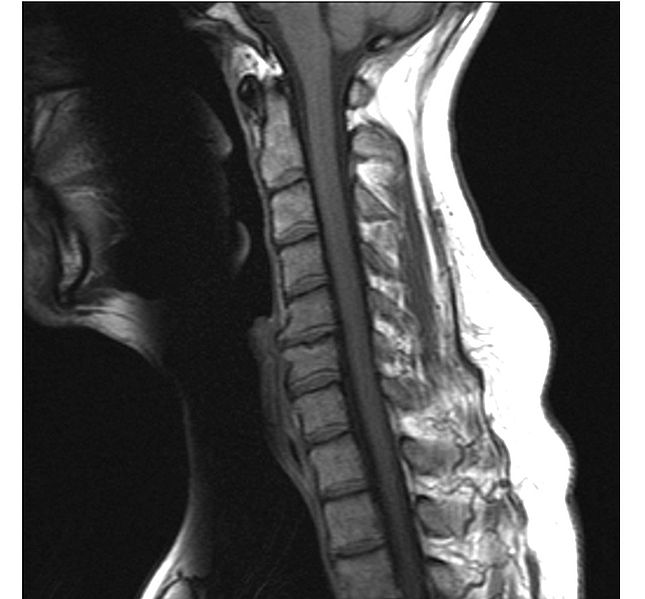After a conference call in which the medical device giant announced an expanded use of metal 3D printing, Stryker has made even more progress in bringing 3D printed implants to market. The company has just announced 510(k) clearance from the FDA for their Tritanium PL Posterior Lumbar Cage, a device aimed at encouraging spinal fixation in patients with degenerative disc disease.

Brad Paddock, President of the Spine Division at Stryker, says of the product, “This is an exciting time for Stryker. We are committed to offering a full range of innovative spinal products that allow surgeons to help their patients return to a more active lifestyle. Our advanced 3D additive manufacturing capabilities allow us to precisely manufacture the porous structures of Tritanium and specific implant geometries. We are pleased to bring this technology to our spine surgeon community and their patients.”
The device will be made available to orthopaedic and neurosurgeons in the second quarter of 2016. This, along with news from Materialise about its new inPrint software and the ongoing clinical trial of 3D printed pre-surgical models, suggests that 2016 may just be the year that 3D printing becomes mainstream in the medical field.



